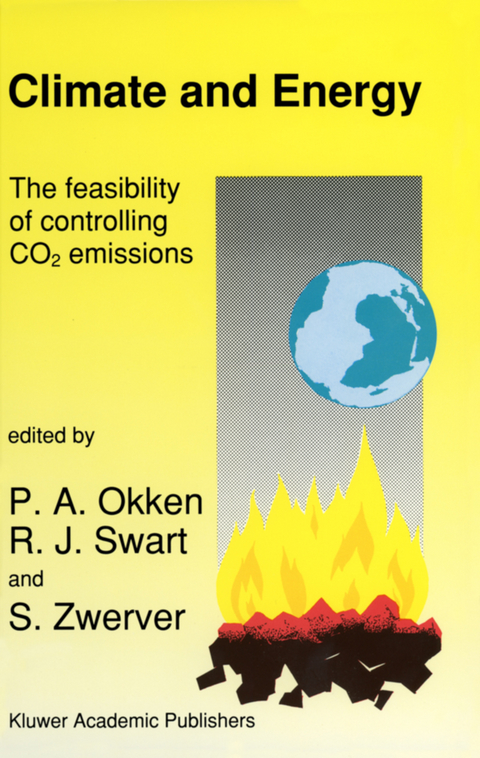
Climate and Energy: The Feasibility of Controlling CO2 Emissions
Springer (Verlag)
978-94-010-6704-1 (ISBN)
2. Summary and Introduction.- 3. Image: A Tool for Long Term Global Greenhouse Policy Analysis.- 4. How to Decrease the CO2 Emissions While Saving Money.- 5. Energy Conservation for a Long Term, Sustainable Energy Policy.- 6. Prospects for Carbon Dioxide Emission Reduction.- 7. The Potential of Renewable Energy to Reduce CO2 Emissions.- 8. The Prospects of Photovoltaic Solar Energy Conversion.- 9. Reforestation, A Feasible Contribution to Reducing the Atmospheric Carbon Dioxide Content?.- 10. The Recovery of Carbon Dioxide from Power Plants.- 11. Storage of Carbon Dioxide in the Oceans.- 12. Disposal of Carbon Dioxide in Depleted Natural Gas Reservoirs.- 13. An All-Electric Society for Less CO2?.- 14. Hydrogen as an Energy Carrier to Reduce CO2 Emissions.- 15. The Carbon-Dioxide Substitution Potential of Methane and Uranium Reserves.- 16. Integrated Assessment of Energy-Options for CO2 Reduction.- 17. Carbon Dioxide and Policy Options.
| Zusatzinfo | 16 Illustrations, black and white; 280 p. 16 illus. |
|---|---|
| Verlagsort | Dordrecht |
| Sprache | englisch |
| Maße | 155 x 235 mm |
| Themenwelt | Naturwissenschaften ► Biologie ► Ökologie / Naturschutz |
| Naturwissenschaften ► Geowissenschaften ► Geologie | |
| Naturwissenschaften ► Geowissenschaften ► Meteorologie / Klimatologie | |
| Technik ► Elektrotechnik / Energietechnik | |
| Wirtschaft ► Volkswirtschaftslehre | |
| ISBN-10 | 94-010-6704-X / 940106704X |
| ISBN-13 | 978-94-010-6704-1 / 9789401067041 |
| Zustand | Neuware |
| Haben Sie eine Frage zum Produkt? |
aus dem Bereich


